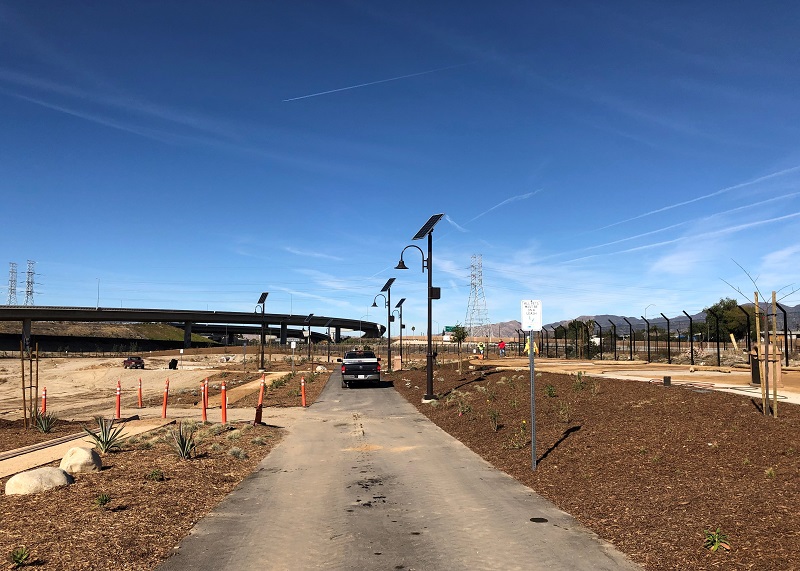How Expensive is Traditional Street Lighting, Anyway?Posted by Stephen Shickadance in Solar Lighting Economics.
If you’ve been to the site before (welcome back, by the way!), it’s likely that you know the drill with a lot of the content here: solar lighting is extremely cost-effective in comparison to traditional lighting for many reasons, primarily because entire projects save on trenching and wiring alone. But it’s important to understand how cost-effective the competition is. So, in order to “show our hand” about solar lighting, Greenshine has done the research for you to show you how expensive traditional street lighting really is. In order to simplify things, we’re sticking with LED fixtures since they’re extremely popular lighting choices for streets anyhow. Including all light technologies would needlessly complicate options. A Look into How Expensive Traditional Street Lighting isStreet Light MaterialsThe cost of a light which includes a pole, fixture, bulb—the entire system—will average about 2,000 dollars. That’s a typical price when you consider a quality build, which includes a strong fixture, a galvanized pole, well-insulated wiring, and other smaller components. Energy UsageWith an average operation time frame of 10 hours a night, average costs of electricity, at 10 cents / kWh, and a 100-watt bulb fixture, you can expect to pay about 40 dollars a year per light for the bulbs when it comes to energy costs. It may not seem like much, but that depends on how many lights have been installed—ten lights will definitely add costs up over time. And this also depends on whether or not the bulbs don’t malfunction—replacing a bulb can be extremely costly as well. We’re certainly not saying that a faulty bulb will happen, but if it can go wrong, it will. Installation and TrenchingHere’s where the largest expense of traditional street light is commonly. Quick research online shows an average of 15 dollars per linear foot to trench, but that doesn’t cover wiring or backfill fees. Some areas require specialized equipment to dig (especially in arid climates where the soil tends to be more rock than dirt), and so the price per linear foot grows along with equipment rental fees. A typical job can double the price of a light—so from the previous figure, we’re looking at about 4,000 USD to have a single light installed and powered. That doesn’t cover future energy and maintenance costs, so consider that in addition to the up-front pricing. The Solar DifferenceWith solar lighting, the price of the lights overall is considerably lower than that of traditional because you save on trenching and wiring. Each light comes out to an average of 3,000 dollars (including the solar panel and electrical components), but you save on trenching and energy. Previous projects in the past have saved customers several thousands of dollars, sometimes in the 200-500 thousand dollar range. But don’t take our word for it—feel free to do the research yourself and see how much you can save on purchasing expensive traditional street lighting. If you’re interested in learning more about Greenshine New Energy’s solar lighting options, feel free to contact us. We’ll prepare a quote for you for free. Thanks for reading.
Solar Lighting Economics
|
ArchivesNo Archives Categories
Want More Info? |
LATEST NEWS & ARTICLES
